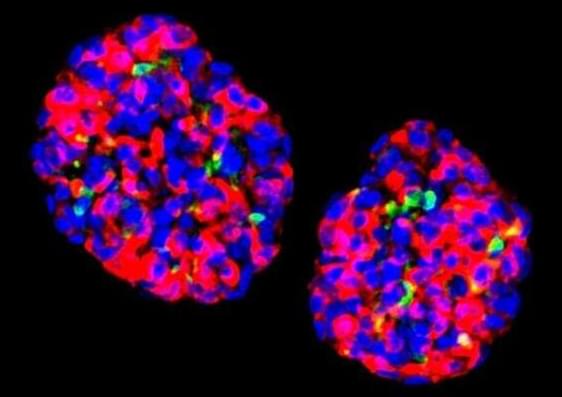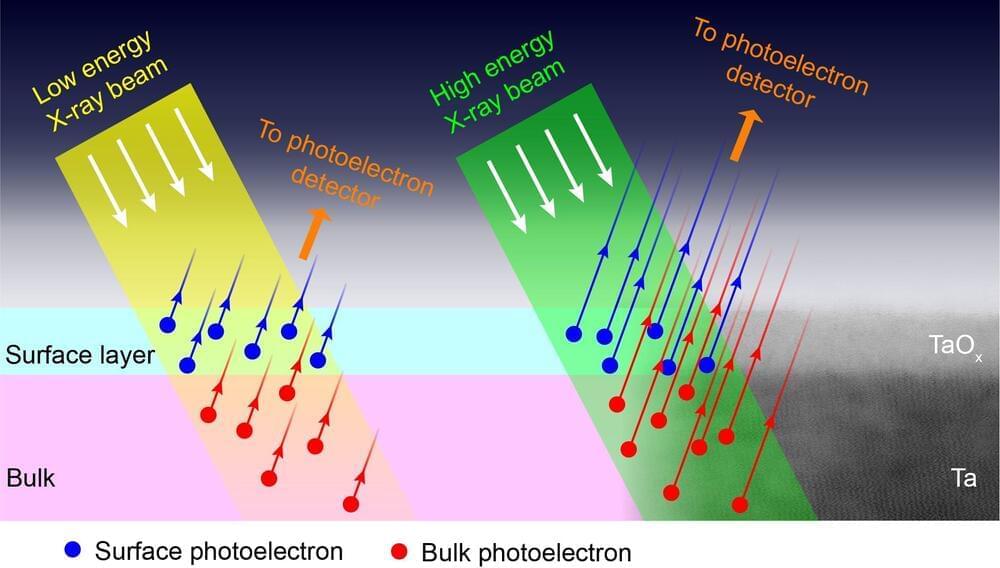Paragraphica may resemble a camera, but it does not capture light to generate images. Instead, the device dispenses with a lens and sensor altogether, and relies on AI to produce results.




Musk criticized Twitter’s safety and content moderation team’s handling of tweets about a documentary called “What is a Woman?” (Ludovic Marin/Pool?AFP via Getty Images / Getty Images)
In confirming her resignation, Ella Irwin wrote, “So one or two people noticed that I left Twitter yesterday. I know there’s been a lot of speculation regarding what happened. Was I fired? Did I quit?”
She added, “I did resign but this has been a once in a lifetime experience and I’m so thankful to have worked with this amazing team of passionate, creative and hardworking people. Will be cheering you all and Twitter as you go!”

The theory of evolution, worked out in the nineteenth century by Charles Darwin and Alfred Russel Wallace, with many tweaks since, is one of the most well-supported theories in science.
Evidence from a wide range of disciplines backs up the basics of the theory. Or, as paleontologist and historian of science Stephen Jay Gould put it in an essay in the May 1981 print issue of this magazine, the theory of evolution is “one of the best documented, most compelling and exciting concepts in all of science.”
For the rest of us, one interesting and sometimes confusing aspect of evolution is the difference between convergent and divergent evolution. Here’s a quick explanation.

Even space and time if it’s quantum.
What will be the ultimate fate of our universe? There are a number of theories and possibilities, but at present the most likely scenario seems to be that the universe will continue to expand, most mass will eventually find its way into a black hole, and those black holes will slowly evaporate into Hawking Radiation, resulting in what is called the “heat death” of the universe. Don’t worry, this will likely take 1.7×10106 years, so we got some time.
But what about objects, like stellar remnants, that are not black holes? Will the ultimate fate of the universe still contain some neutron stars and cold white dwarfs that managed to never get sucked up by a black hole? To answer this question we have to back up a bit and talk about Hawking Radiation.
Stephen Hawking famously proposed this idea in 1975 – he was asked if black holes have a temperature, and that sent him down another type of hole until Hawking Radiation popped out as the answer. But what is Hawking Radiation? The conventional answer is that the vacuum of space isn’t really nothing, it still contains the quantum fields that make up spacetime. Those quantum field do not have to have zero energy, and so occasionally virtual particles will pop into existence, always in pairs with opposite properties (like opposite charge and spin), and then they join back together, cancelling each other out. But at the event horizon of black holes, the distance at which light can just barely escape the black hole’s gravity, a virtual pair might occur where one particle gets sucked into the black hole and the other escapes. The escaping particle is Hawking Radiation. It carries away a little mass from the black hole, causing it to glow slightly and evaporate very slowly.


University of Washington researchers have discovered they can detect atomic “breathing,” or the mechanical vibration between two layers of atoms, by observing the type of light those atoms emitted when stimulated by a laser. The sound of this atomic “breath” could help researchers encode and transmit quantum information.
The researchers also developed a device that could serve as a new type of building block for quantum technologies, which are widely anticipated to have many future applications in fields such as computing, communications and sensor development.
The researchers published these findings June 1 in Nature Nanotechnology.

Scientists have repurposed human stomach cells into tissues that release insulin in response to rising blood sugar levels in a breakthrough that promises an effective way to manage conditions such as type 1 diabetes.
The experiment, led by researchers from Weill Cornell Medicine in the US, revealed transplants of gastric insulin-secreting (GINS) cells reversed diabetes in mice.
Pancreatic beta cells normally do the job of releasing the hormone insulin in response to elevated sugar levels in the blood. In people with diabetes, these tissues are damaged or die off, compromising their ability to move glucose into cells for fuel.

Whether it’s baking a cake, building a house, or developing a quantum device, the quality of the end product significantly depends on its ingredients or base materials. Researchers working to improve the performance of superconducting qubits, the foundation of quantum computers, have been experimenting using different base materials in an effort to increase the coherent lifetimes of qubits.
The coherence time is a measure of how long a qubit retains quantum information, and thus a primary measure of performance. Recently, scientists discovered that using tantalum in superconducting qubits makes them perform better, but no one has been able to determine why—until now.
Scientists from the Center for Functional Nanomaterials (CFN), the National Synchrotron Light Source II (NSLS-II), the Co-design Center for Quantum Advantage (C2QA), and Princeton University investigated the fundamental reasons that these qubits perform better by decoding the chemical profile of tantalum.
